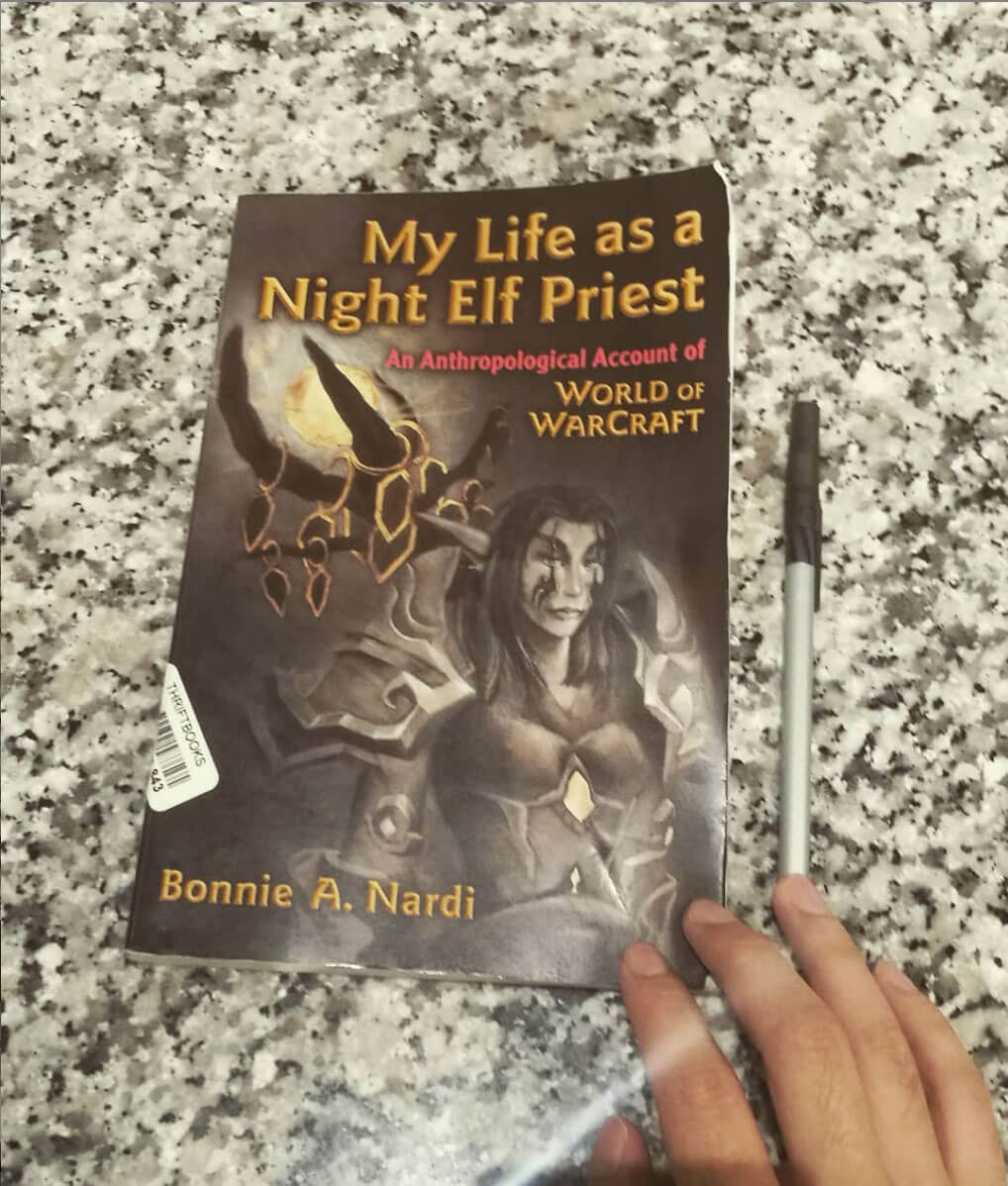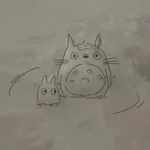
Another ethnography of online spaces; read this a couple of months ago.
Bonnie Nardi uses Dewey’s activity theory (never heard of this before the ethnography) to analyze World of Warcraft. Dewey’s theory allows us to conceive of online games (if I am to understand correctly) as an active and subjective aesthetic experience within a community; the participant is always contributing to the experience and “aesthetic experience can never be realized purely through the structural or formal qualities of an artefact” (p. 43). So, participants in these spaces are not stuck in “an elaborately designed Skinner box” (p. 39) as some scholars analyze it.
World of Warcraft and other video games, for Nardi, are a “new digital medium” that afford “rich stimulation to visual sensibilities while at the same time developing complex spaces of performance with opportunities for mastery and active participation” (p. 52). This is a medium where performative mastery can gradually be developed within a carefully designed space.
Nardi has interesting things to say about design: she recognizes the powerful agency possessed by design to structure (but not completely determine) participant actions. This gives an extraordinary power to the software artefact designer. However, this is not necessarily a bad thing, and Nardi recognizes the power of great design: she writes that “I cannot speak too highly of democracy as a political system, but artistic production is, to me, another matter; it is inherently singular, anomalous, moving on the edges of culture” (p. 80). She gives the example of an online game on the other side of the spectrum, Second Life, where participants were given the power to shape their own environments: participants ended up focusing their content towards two activities, “shopping and sex” (p. 77).
Nardi alsp goes in depth into certain cultural logics within World of Warcraft: addiction, theorycrafting and mods, gender, and does a conparison of World of Warcraft gaming culture in China and North America. Like Boellstorff in his ethnography on Second Life, she also talks about the separation between the actual world and the virtual world, although her focus is specifically on the complex interactions between play and work.










































